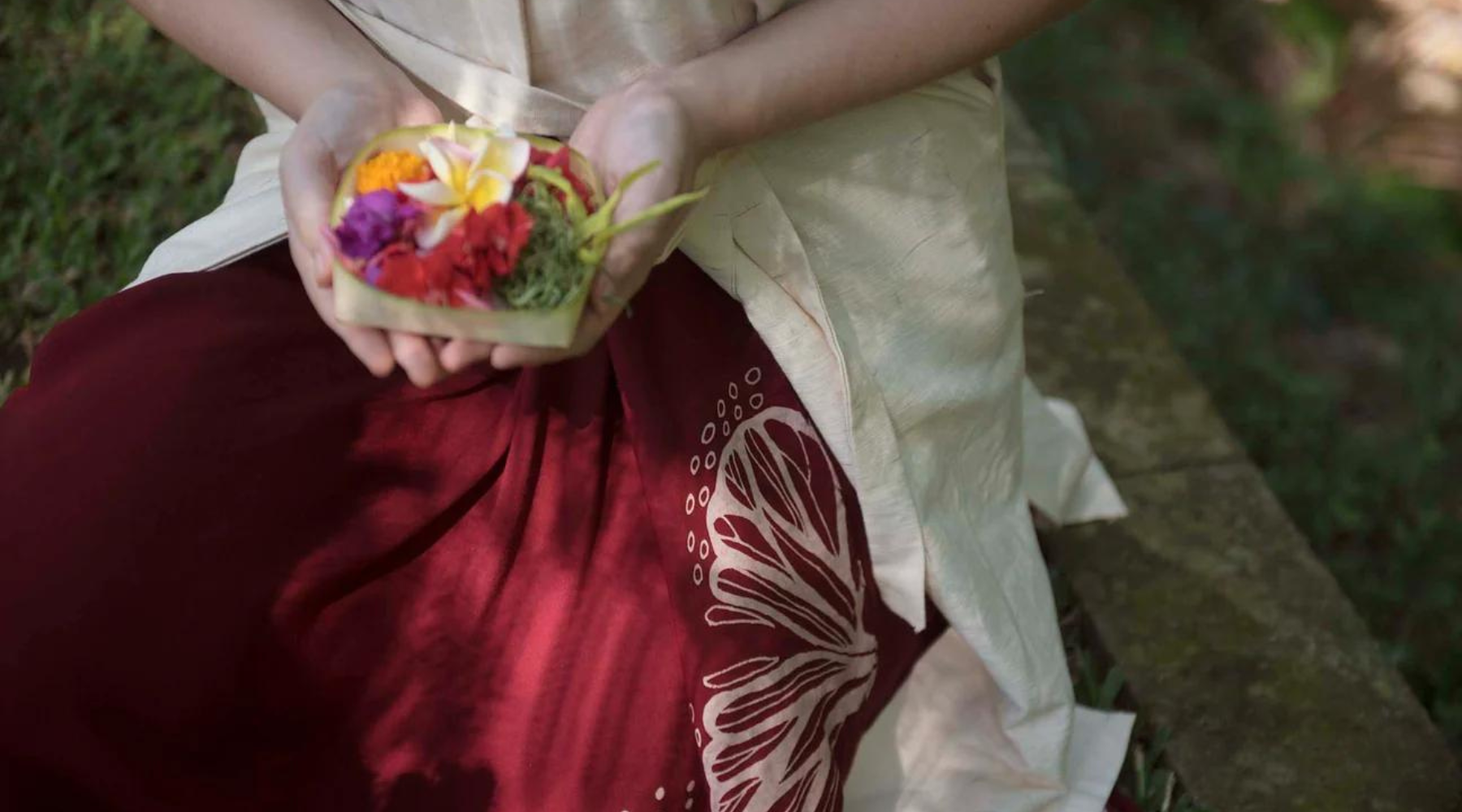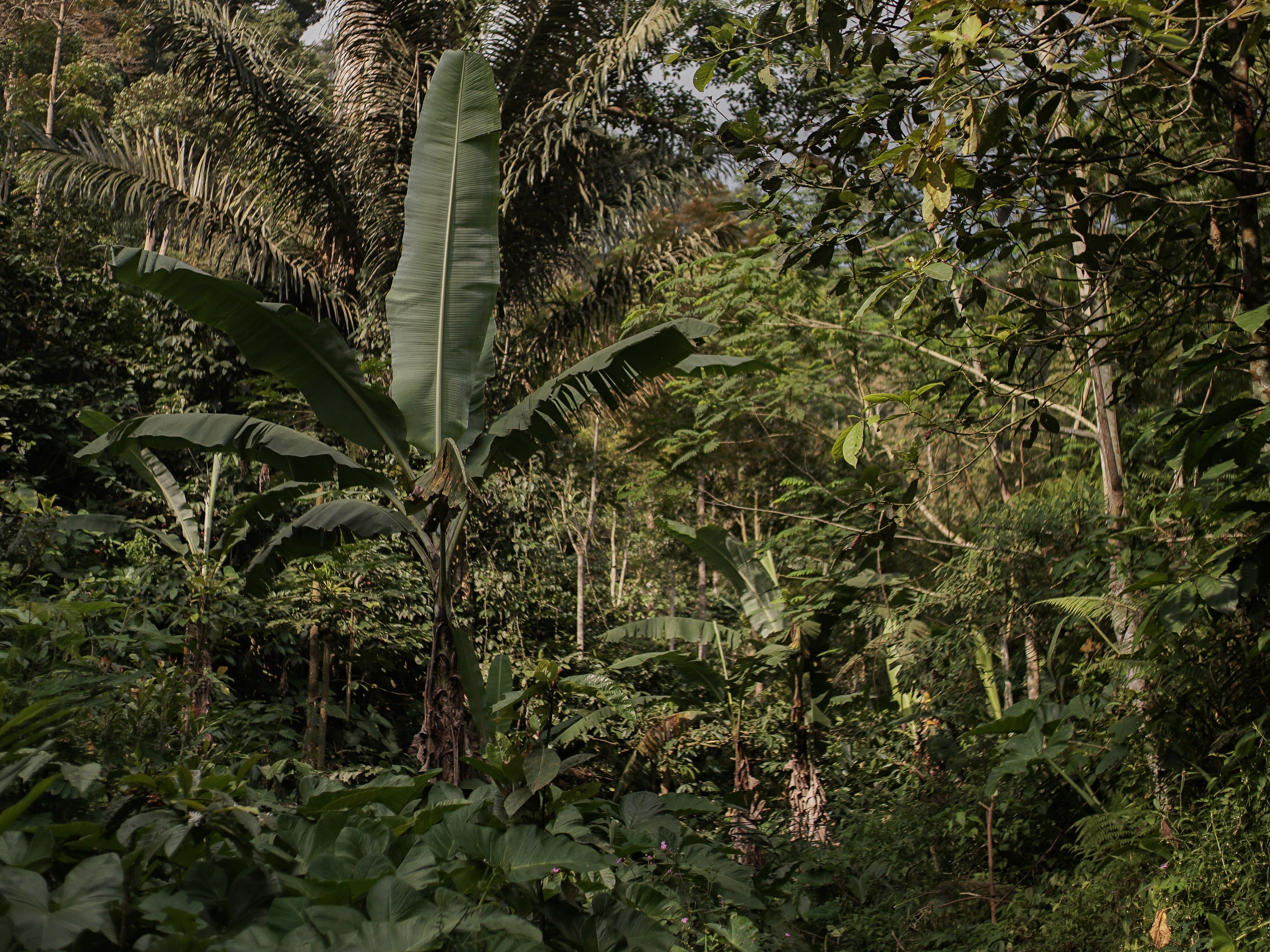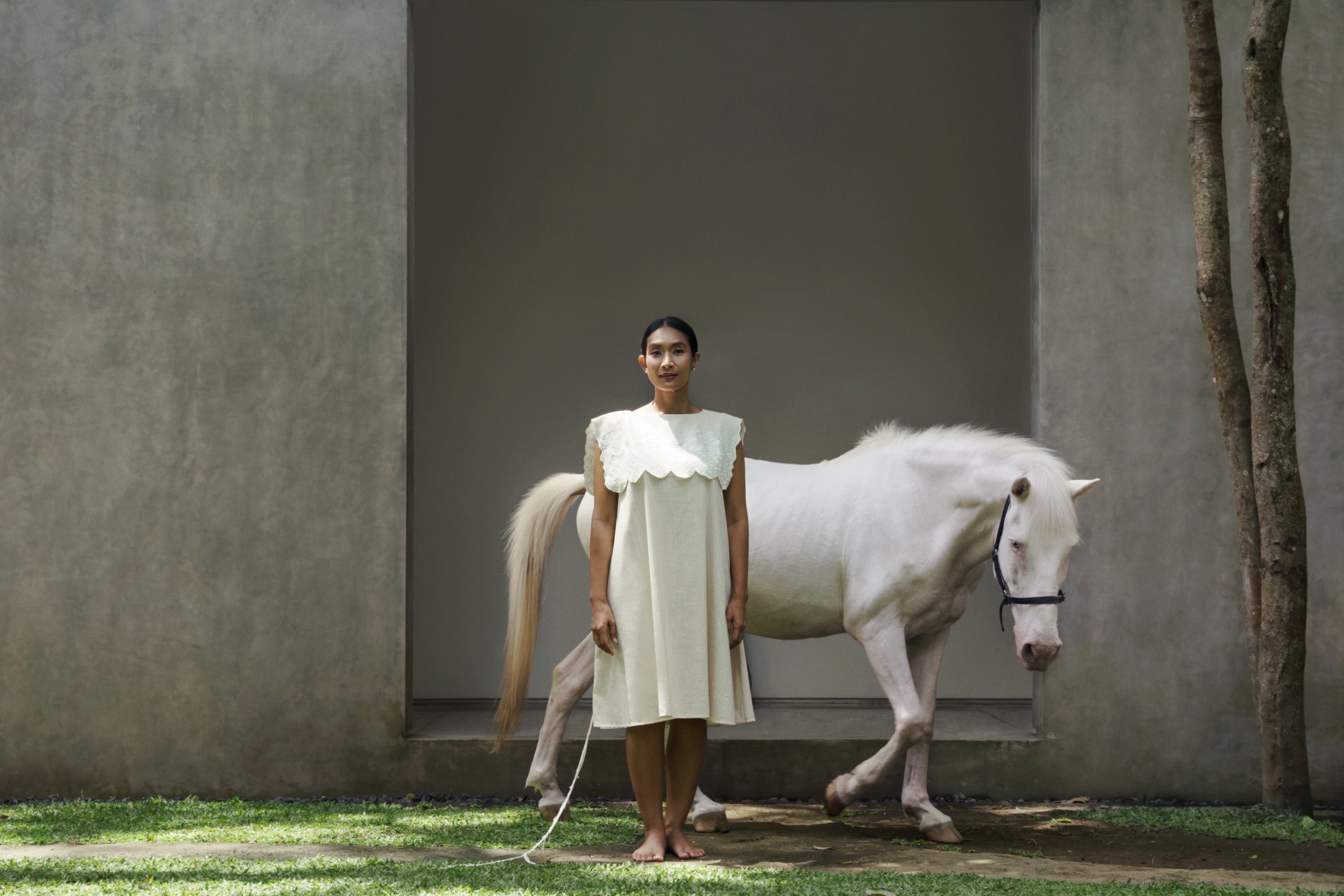
I often get asked why ethical fashion costs more. Some tell me they love our pieces but the price is just a bit too much. If you resonate with that, I feel you! Before I started SukkhaCitta, I too only looked at the price tag. I thought clothes just magically appeared in stores! Only when I left the city and saw how our clothes were made did I finally understand what goes on behind the seams (pun intended).
Think about the clothes you're wearing right now: Do you know where it came from? What material is it made of? What color is it, and how was it produced? Who made it - and under what conditions?
Our model builds much-needed change in the supply chain and make life better with every fabric. But what does it really mean? With transparency as one of our core values, I believe you have the right to really know where your money goes. So grab a cup of coffee and let's take a journey with me to see what goes behind your #MadeRight piece!
The problem: a dirty industry

When I was doing my research, one thing that really moved me was seeing the struggle of the Ibu-Ibu ('mothers') who make our clothes. She works 8-12 hours a day while caring for her children – earning less than $2 a day (for your reference, the global poverty line is $1.9 per day). In fact, I later learnt that globally, only 2% of women who make our clothes earn enough to care for her families. Imagine that. But don't take my word for it. This fact has been scientifically documented in various studies.
But what also shocked me was to see what its doing to our planet. To keep costs low, the use of synthetic dyes in villages means that every day, tons of toxic chemicals enter our rivers. Because of this, the Citarum River in Indonesia is the world's most polluted rivers. The problem is so big that the World Bank estimates up to 20% of fresh water pollution happen because of this. Just to add color to our lives.
That was when I learnt that when things are cheap, someone else is paying the price.
Between us in the city and this, exist a complex, layered system of outsourcing by middlemen and factories that sometimes brands don't even know about. It's invisible - and the system keeps it that way. Being an outsider, it became clear to me just how broken the industry is. We are told to keep up with trends – yet kept in the dark about the conditions behind our clothes.
But does it mean we have to buy expensive things?
The quick answer is no. In fact, fast fashion isn't the only thing you should be critical for. Lack of transparency and regulation makes it so easy for greenwashing to be everywhere. It's usually nothing but clever marketing that talks about issues you want to hear - yet at its core is nothing but business as usual. The heartbreaking thing is that even luxury brands are not different.
Just because something is expensive, doesn't mean that it's ethical. The margin simply funds more marketing.

Doing things right comes at a cost.
At the heart of what we do are our villages. To meaningfully create change, I had to find a way to work with the most marginalized artisans, those working from home. Ibu-ibu (Indonesian for 'mothers') who otherwise don't have any access to you. This is not an easy path. While most simply go to existing factories, perpetuating the status quo, we go far by plane and motorbikes (and the occassional boatride) to find her.
To make sure things are #MadeRight, we invest in trainings for at least a year to help her elevate her craft, understand business knowledge and natural dyeing so you can be sure your clothes not only do no harm - but actually empower. Fun fact: before your favorite piece gets launched on website, it takes us at least 1 year of capacity building - not even talking about the long term research we do to find innovative techniques to color your clothes and making sure our dyes are 100% clean and traceable.
From farm to fabric, it takes at least 60 days and involves over 15 people for a single #MadeRight piece to be made.
AFTER our trainings, it takes at least 6 months for our Ibus to craft your favorite piece before they get to our office! Working with villages, not factories, our human-centric approach respects natural cycles of weather, harvest cycles, and community festivals. Compare this with fast fashion that mass produce clothes, having it ready to distribute in as fast as 25 days.

Our price reflects the amount of work it took the artisans to make your piece. We take into account the true cost of making clothes you're proud of: traceable materials, fair wages - but also trainings that allow us to care for our planet (also known as internalizing social and environmental externalities – sorry I’m a nerd).
Our margin covers our operational expenses of keeping the business afloat. The net profits we make is 100% reinvested to deepen the long term impacts of our work: finding more villages and building craft schools (Rumah SukkhaCitta) so young women can gain the right skills to lift herself out of poverty.
Sounds like an NGO? Yes it does. Doing things right comes at a cost. The last thing the world needs is another fashion brand. We don't just go a factory somewhere and buy things that get outsourced with no visibility nor accountability (the current system). Instead, our focus is on our Village Development Programs. Because that's what it takes to create long term change. That's why it's never been done. But if not us, then who?
I chose the path of a social enterprise for a reason. Having worked in the development field, I knew I had to build a model that doesn't rely on donors. Our programs are long term and it doesn't rely on anyone's agenda. Instead, it's made possible by you. Because being part of the solution can be as simple as what you wear everyday.
Most clothes are priced to be discounted
Within a week of the lockdown, I remember the shock of seeing just nearly every brand doing a 30, 40, 50% off. Since then, I'm sure a lot of people are wondering why we haven't done any discounting. Are we not doing it just to try to create an image?
The truth is we simply can't afford it. Imagine my shock when I found out that the average retail margin of the industry is up to 12x (makes you seriously wonder how cheap their costs have to be to sell at that price). That's because they run in a system that has to empty their racks every 2-3 months with the new 'season' - and the real price is actually the discounted price.
Our margin is incredibly low compared to the industry standard. Discounting essentially threatens our ability to continue supporting each and every one of our Ibus and farmers at a time when our artisans need us the most. To me, that matters most.
Less, but better
Partly, the problem is in what we're made accustomed to. Degrading quality and ever faster trends (where on Earth do we have 50 seasons?!) have turned our closets into a mere stopover from sweatshops to landfill. Even a small country like Singapore throws away 1 ton of textile waste every 5 minutes. Imagine the global scale!
Instead, our clothes are made for forever. We skip trends and fads, releasing ourselves from the pressure to empty out our racks and put everything on sale every 3 months. Without these tricks, we can focus on what matters: finding high quality natural fibres that promote sustainable practices, continuous research of natural dyes, and giving women the freedom to choose and continue her craft.

And when something goes wrong or wear and tear take its toll – you don’t always have to buy something new. Just repair it! We feel so strongly about this that we now offer a life-time free repair service for all of our products – for real.
Appropriation of Artisan Textiles
The issue gets more complicated with the rising number of appropriation of artisanal textiles. You'll be surprised to know the number of brands who claim to be 'revitalizing' traditional techniques, only to recreate the patterns using screen/digital print. This murks the comparison for someone who may not be as aware as to how to differentiate it, making it seem cheaper while looking similar from the outside.
Here's the thing. Craft is not about the motif.
Batik is NOT flowery fabrics as much as Ikat is NOT tribal-looking fabrics. Instead, its identity stems from the process itself. For Batik, this is the wax: the way it is applied to the fabric and dries. For Ikat, it is the process of tying the threads to reveal a complicated motifs from lines that resisted the dyes.

Printing a fabric that looks like Batik or Ikat fundamentally strips it from its integrity: the process itself - and devalues our traditions.
Clever marketing juxtaposes pictures of artisans (often, smiling happy ones) obscures the reality that the fabrics are made in a way that involves and give no benefits to the artisans they claim to 'empower'.
Conclusion: Are ethically-made clothes expensive?
Our price reflects the amount of work it took the artisans to make your piece. We take into account the true cost of making clothes you're proud of: kind and traceable materials, fair wages, and internalizing what we economists call externalities (the by-product of ur production that no one sees, such as pollution, which disadvantages us all as a society).

We cannot live without clothes - but we can choose to make the pieces we choose to invest in count.
The truth is, every choice you make has an impact on someone else's life. While most fashion brands disconnect you from the supply chain behind a product, and makes us prone to throw away things without much thought, our #MadeRight piece are made for you to treasure. Because through it, you are connected to a face, a family, that made it just for you.
At the end of the day, the decision which clothes to buy comes down to our values. No one can make you buy less, or more.
You decide. Every single time.
-
Was this useful for you? I'd love to hear from you! Share your thoughts and tag us @sukkhacitta #MadeRight :)!




